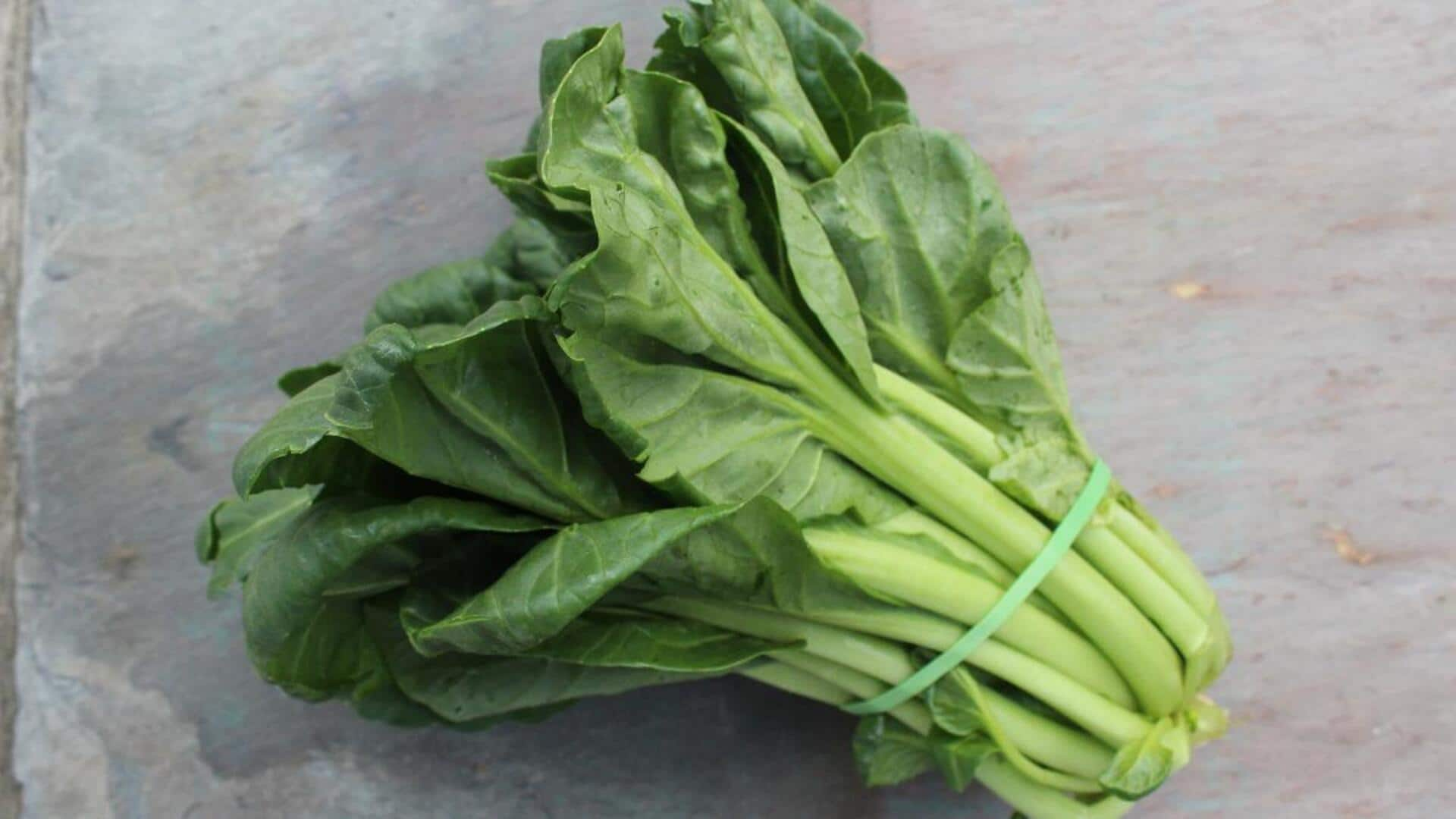
Add these lesser-known leafy greens to your meals
What's the story
Leafy greens are a staple in most diets, owing to their nutritional benefits and versatility. While spinach and kale often steal the show, there are several lesser-known leafy greens that can amp up your meals with their unique flavors and nutrients. Including these greens in your diet can offer you a bouquet of vitamins, minerals, and antioxidants that promote your overall health. Here are 5 lesser-known leafy greens you must add to your meals.
Drive 1
Mache: A delicate addition
Also known as lamb's lettuce or corn salad, mache is a tender green with a mild, nutty flavor. It's packed with vitamins A and C and omega-3 fatty acids. This green is an ideal addition to salads because of its delicate texture but can also be added to sandwiches or as a soup garnish. Mache thrives in cooler climates and can be found at farmers' markets or specialty grocery stores.
Drive 2
Tatsoi: The Asian spinach
Similar to spinach, Tatsoi is an Asian green that provides a slightly mustard-like taste. It is loaded with vitamins A, C, and K along with calcium and potassium. Tatsoi can be consumed raw in salads or can be lightly sauteed as a side dish. Its spoon-shaped leaves make it a beautiful addition to any meal presentation.
Drive 3
Purslane: The omega-3 powerhouse
While some gardeners may consider Purslane a weed, it is an edible plant rich in omega-3 fatty acids—more than any other leafy vegetable—and antioxidants like vitamin E. Its slightly sour taste makes it ideal for salads or smoothies, whereas its succulent texture can add crunchiness when used fresh.
Drive 4
Mizuna: Peppery flavor boost
Mizuna offers peppery notes like arugula, but with milder intensity, making it versatile enough for various dishes from stir-fries to pasta toppings without overpowering other ingredients' flavors too much. This Japanese mustard green comes with high levels of vitamin C plus folate, which supports cell growth development processes within our bodies effectively over time if consumed regularly throughout one's diet plan regimen accordingly, based on individual needs preferences alike among different people worldwide today.
Drive 5
Amaranth greens: Nutrient-dense leaves
Amaranth greens, which come from the plant family that provides grains we consume all over the world, are an excellent source of iron, magnesium, calcium, fiber, protein, and essential amino acids. These nutrients are important to live a healthy lifestyle in the long run. Eating amaranth greens promotes cell growth and development, helping future generations. Their colorful leaves have been researched for their health effects and documented in scientific literature.